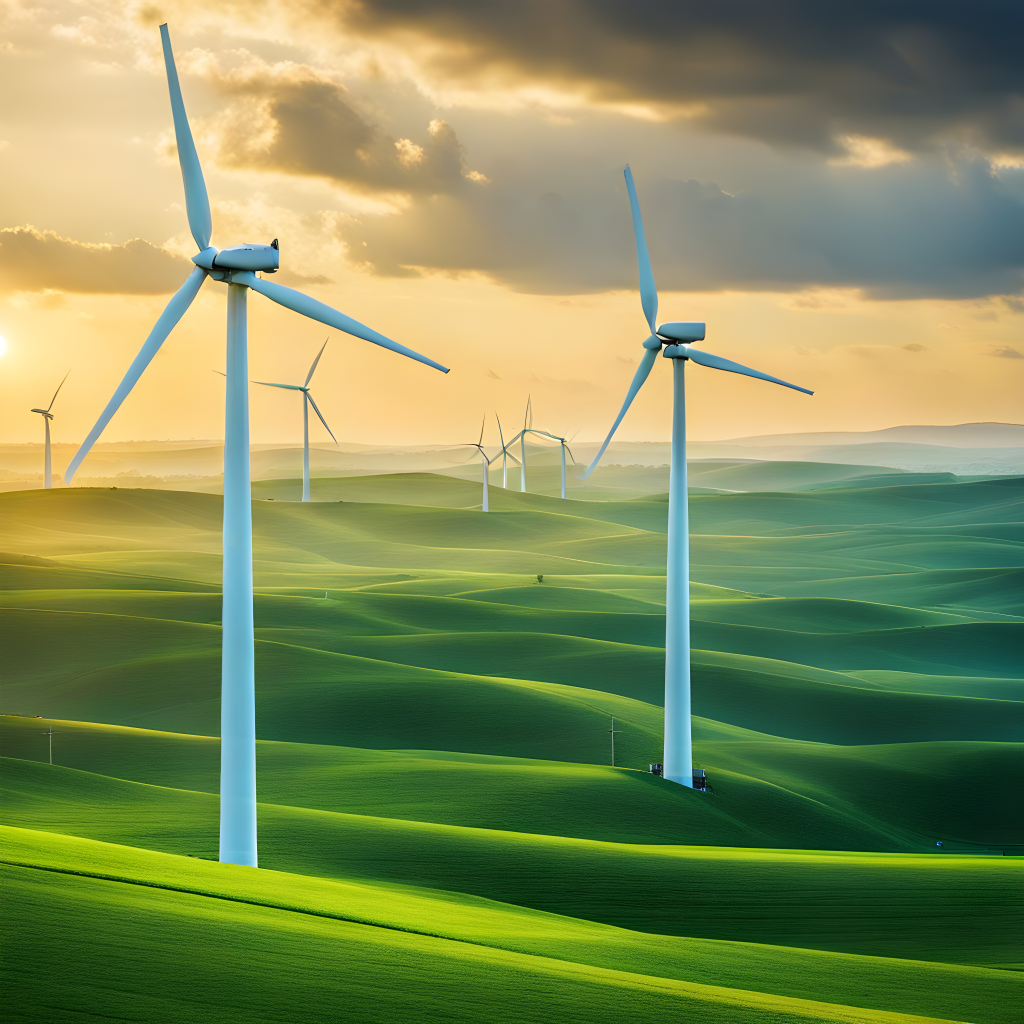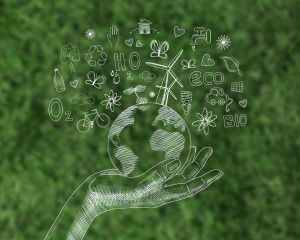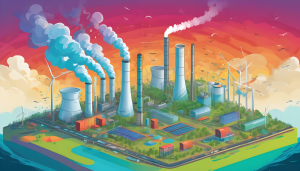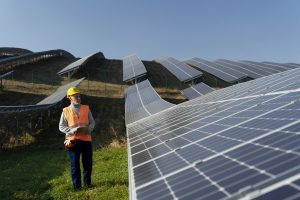Wind Energy: How Wind Turbines Are Revolutionizing Renewable Power
Andrea Romagnoli October 20, 2023 0
Wind energy: renewable power
Wind energy is becoming a major player in the world of renewable power. Wind turbines, which harness the kinetic energy of the wind to generate electricity, have evolved into an essential component of sustainable energy solutions. As the global demand for clean energy grows, wind energy and its associated technologies are leading the way towards a greener and more sustainable future. In this article, we will explore how wind turbines are transforming the renewable energy landscape.
1. Harnessing the Power of the Wind
Wind energy is the process of converting the kinetic energy of the wind into electrical power. Wind turbines are the devices responsible for this transformation. They consist of several key components, including:
– Blades: These aerodynamic structures capture the wind’s energy.
– Rotor: The blades are connected to a rotor that transfers energy to the generator.
– Generator: It converts the mechanical energy into electrical power.
– Tower: The tower elevates the rotor to capture wind at higher altitudes.
2. Types of Wind Turbines
Wind turbines come in various designs and sizes. The two primary types are:
– Horizontal Axis Wind Turbines (HAWTs): These are the most common and recognizable wind turbines. They have three blades and operate with a horizontal axis.
– Vertical Axis Wind Turbines (VAWTs): VAWTs have blades that rotate around a vertical axis and are often used in urban and small-scale applications.
3. Advantages of Wind Energy
Wind energy offers numerous benefits:
– Clean and Renewable: Wind power is a clean and virtually infinite source of energy, which reduces reliance on fossil fuels and lowers carbon emissions.
– Low Operating Costs: Once installed, wind turbines have minimal operational expenses.
– Job Creation: The wind energy sector creates jobs in manufacturing, installation, and maintenance.
– Energy Independence: Wind power reduces dependency on foreign energy sources.
4. Environmental Impact
Wind energy has a significantly lower environmental impact compared to fossil fuels. It produces no air pollutants, reduces greenhouse gas emissions, and conserves water resources. Additionally, it helps mitigate climate change by reducing carbon emissions, which contribute to global warming.
5. Wind Turbines and Wildlife
Concerns about the impact of wind turbines on wildlife, particularly birds and bats, have been raised. To address this, ongoing research focuses on minimizing the effects of wind turbines on local ecosystems. Innovations such as avian radar systems and curtailed operations during migration periods are being explored.
6. Offshore Wind Farms
Offshore wind farms are gaining popularity as they can harness more consistent and powerful winds compared to onshore locations. Countries with coastlines are investing in these installations, which are situated in shallow or deep waters. Offshore wind has the potential to provide a significant portion of a nation’s electricity needs.
7. Challenges and Solutions
While wind energy is highly promising, there are challenges to overcome:
– Intermittency: Wind power generation is variable and depends on wind speed. Energy storage solutions like batteries can help mitigate this issue.
– Grid Integration: Integrating wind energy into the existing power grid efficiently requires upgrades and advanced grid management systems.
– Aesthetics: Some individuals find wind turbines less visually appealing. Aesthetic considerations in turbine design and placement are important.
8. Technological Advancements
Wind turbine technology is continually evolving. Some notable advancements include:
– Larger Rotors: Larger rotor diameters capture more wind and increase energy output.
– Improved Materials: Advanced materials make turbines more durable and efficient.
– Offshore Innovations: Offshore wind turbines are becoming more efficient and cost-effective.
9. The Global Impact
Wind energy’s growth is a global phenomenon. Several countries, including Denmark, Germany, China, and the United States, are leading the way in wind power generation. Renewable energy targets, government incentives, and technological advancements are driving this global shift towards cleaner energy sources.
Summarizing:
Wind energy and wind turbines are at the forefront of the renewable energy revolution. They offer numerous advantages, including sustainability, minimal environmental impact, and job creation. While challenges like intermittency and grid integration persist, ongoing research and technological advancements are gradually overcoming these obstacles. Wind energy is not only transforming the energy sector but also contributing to a more sustainable and greener future for the planet. As we continue to harness the power of the wind, it becomes increasingly clear that wind turbines are revolutionizing renewable power and shaping a cleaner world for generations to come.





